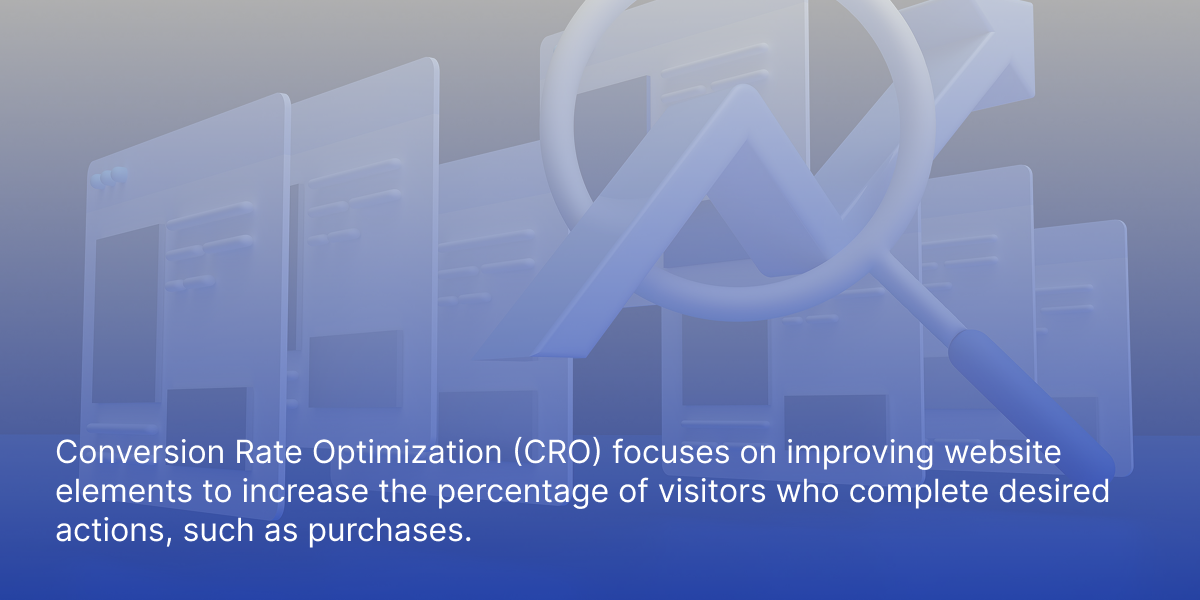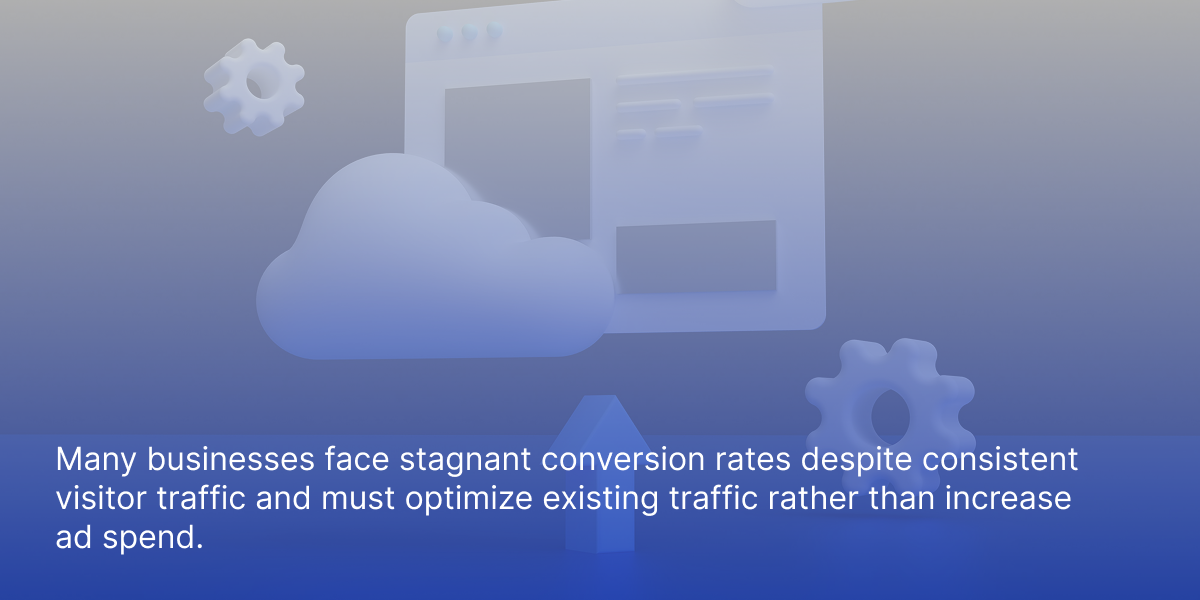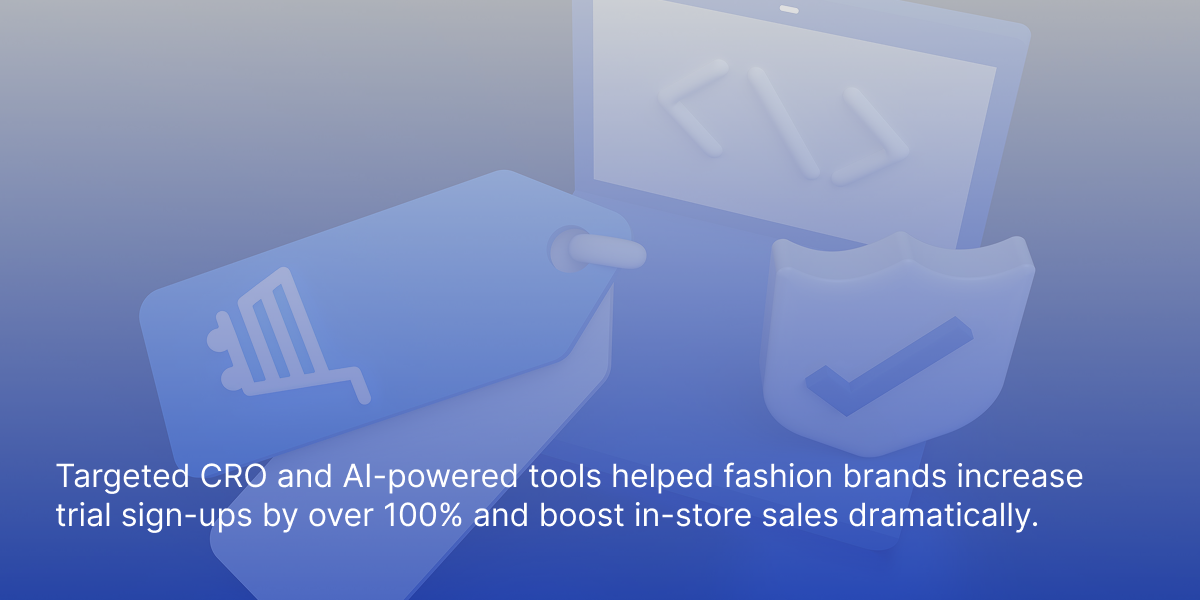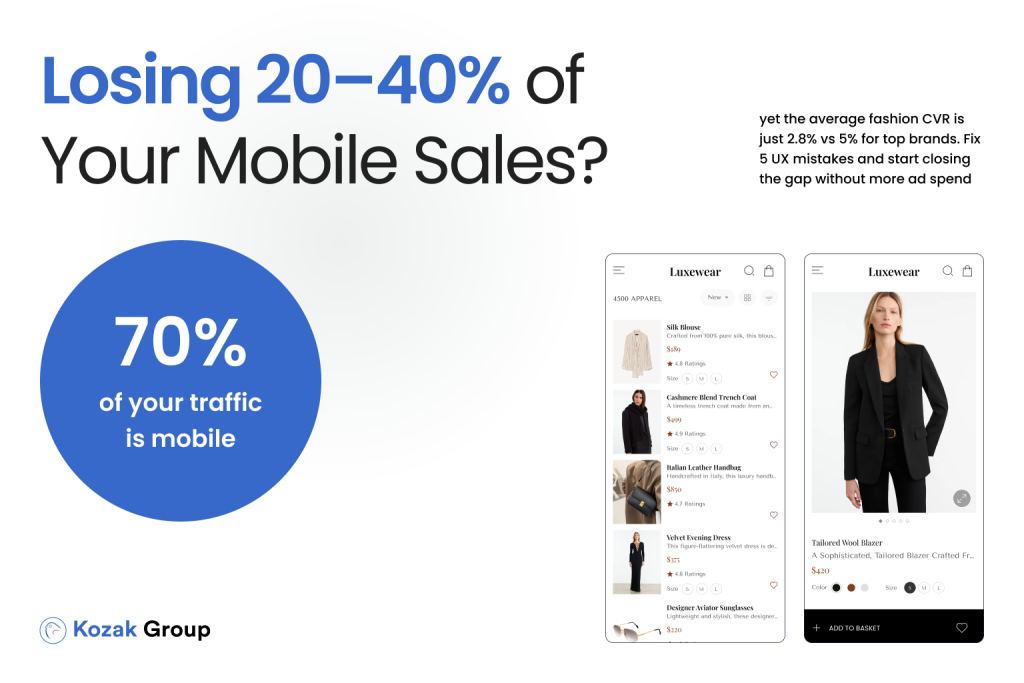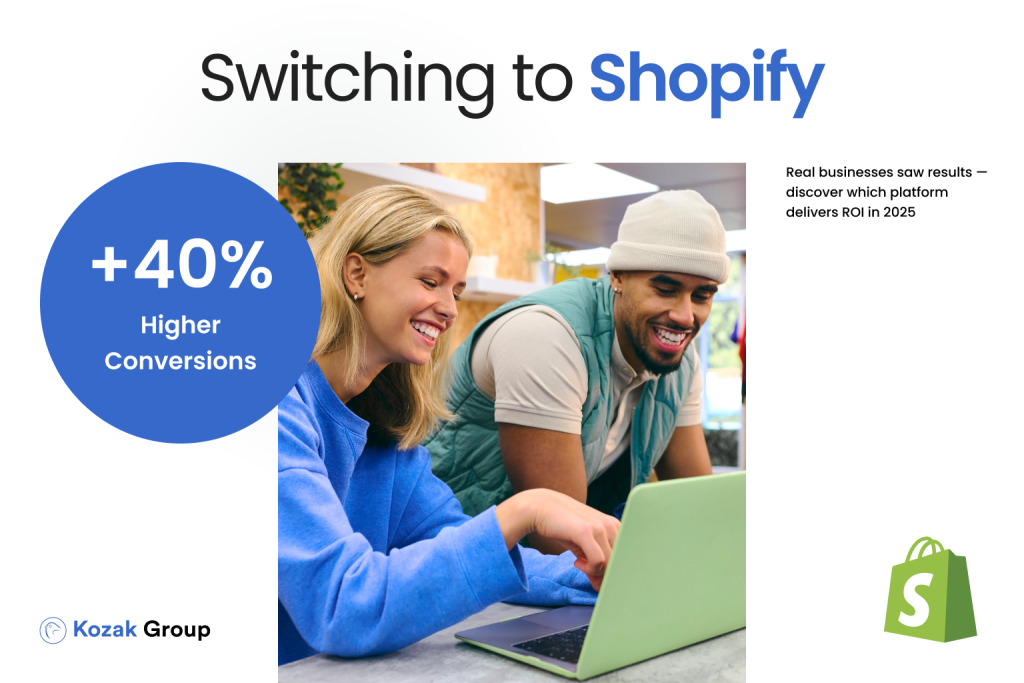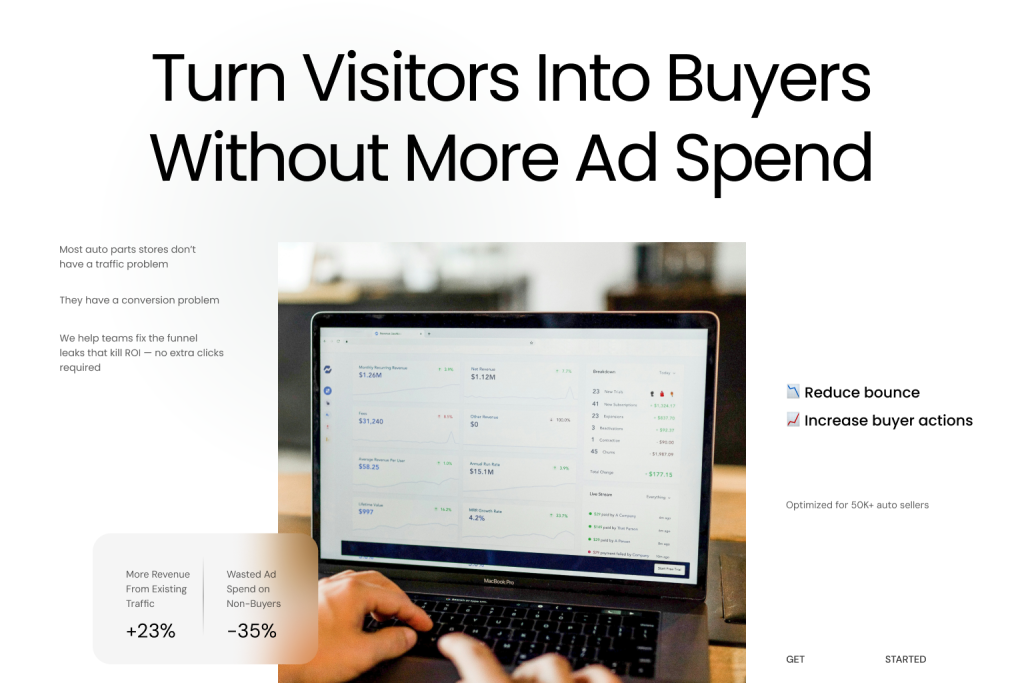Are you looking for real-world examples of how businesses have successfully improved their conversion rates? In this article, we’ll dive into five detailed conversion rate optimization case studies for 2025, highlighting the value of analyzing CRO case studies to gain valuable insights into effective strategies. Each case study focuses on a different company, providing context on the organization behind the results. You’ll learn specific strategies used to overcome challenges and boost conversions, all while focusing on conversion rate optimization case study techniques that don’t require increasing ad spend. These case studies offer actionable insights that you can apply to your own website. These are success stories from real companies, demonstrating practical results you can be inspired by.
Key Takeaways
- Effective Conversion Rate Optimization (CRO) is crucial for helping clients achieve their business goals by turning website visitors into paying customers, especially in a competitive marketplace.
- A successful CRO strategy should focus on improving user experience, optimizing website speed, and enhancing trust signals, with boosting conversions as a primary objective, resulting in increased conversion rates and reduced abandonment rates.
- Continuous testing and data-driven strategies are essential for businesses to adapt to evolving consumer behaviors and maximize their conversion potential.
Understanding Conversion Rate Optimization
Conversion rate optimization (CRO) involves a strategic process designed to enhance your website’s efficiency through experimentation and refinement of various elements, with the goal of increasing the percentage of visitors who perform desired actions such as completing purchases or submitting forms. Successfully implementing CRO can substantially elevate conversion numbers, which in turn improves customer satisfaction and raises business revenue. The focus transcends merely attracting more traffic. It centers on making sure that existing traffic is effectively converted into paying customers, optimizing your site to convert more visitors.
The essence of CRO lies in motivating users to take definite steps like placing products into their carts or registering for email updates. Many e-commerce entities find themselves struggling with stagnant conversion rates despite having sufficient visitor counts. They are unable to escalate the number of visitors transformed into buyers. To address this, businesses must implement targeted strategies to increase conversion rate. This difficulty is compounded by increased market competition and changing consumer behaviors, complicating the task of converting site guests.
An illuminating statistic shows a disparity where $92 is commonly spent on acquiring customers while only $1 goes towards actually converting them—a stark indication for businesses to prioritize efficient CRO strategies actively. By methodically optimizing website components and improving user experiences, businesses can achieve a measurable increase in conversion, significantly raise their conversion rates without necessarily inflating advertising expenditures, thereby achieving greater profit margins.
Experimentation is a core part of CRO. It is crucial to run a test or multiple tests to validate changes and ensure that optimizations are truly effective.
The Benefits of Conversion Rate Optimization
Conversion rate optimization (CRO) is a powerful pillar of digital marketing that delivers measurable benefits for businesses of all sizes. By focusing on optimizing your website and landing pages, you can increase conversions and boost conversion rates without the need for additional advertising spend. The primary benefit of CRO is its direct impact on online sales and revenue—turning more of your existing website visitors into paying customers.
Beyond increased conversions, CRO helps businesses improve overall website performance by identifying and addressing friction points that may deter visitors from completing desired actions. Through ongoing optimization, you gain valuable insights into visitor behavior, allowing you to make informed, data-driven decisions that enhance both user experience and business outcomes. This process not only helps you optimize your website for better results but also ensures your digital marketing strategies are aligned with your audience’s needs.
Ultimately, leveraging conversion rate optimization gives businesses a competitive edge. By continually refining your pages and strategies, you can increase your online presence, drive more revenue, and maximize the return on every visitor to your site. The benefits of CRO are clear: more conversions, higher sales, and a stronger, more resilient business.
The Challenge: Flatlining Conversion Rates
In the case study of conversion rate optimization presented, a prestigious online retailer was encountering stagnant conversion rates even though their visitor numbers remained consistent. This cro case illustrates common challenges faced when a business has reached the limit with their advertising expenditure, pointing to the need for better utilization of existing traffic rather than attracting more visitors in order to boost their conversion rate. The primary objective identified was enhancing conversions without escalating advertising costs, an outcome corroborated by numerous case studies on rate optimization.
Central to this dilemma were several pivotal obstacles that included user experience shortcomings, technical hindrances, and an inefficient checkout procedure—all subtly chipping away at potential earnings. These barriers contributed significantly to shoppers abandoning carts and exiting the website without completing purchases—a matter that clearly impacted revenue generation. Other businesses and other brands often encounter similar obstacles in their CRO efforts, highlighting the importance of tailored strategies rather than simply replicating what works for others.
To overcome these hurdles and rejuvenate its conversion rates effectively, the brand needed to embark on a thorough strategic approach—this meant conducting an extensive audit followed by formulating a targeted strategy centered around conversion rate optimization (CRO). This process aimed at identifying underlying problems accurately and implementing solutions designed specifically for those challenges.
Key Issues Identified in the E-commerce Website
The examination of the website by Kozak Group has uncovered a variety of critical issues that are adversely affecting its performance. Notably, there is a significant delay in loading content on mobile devices with Largest Contentful Paint (LCP) times surpassing 3.5 seconds, along with poorly optimized images and excessive JavaScript code resulting in diminished speed. These technical shortcomings lead to users departing from the site due to prolonged load times.
An additional major concern identified was related to the checkout procedure, which involved an overly complex sequence of six steps accompanied by concealed delivery fees and an excess number of form fields required from users. Furthermore, the pricing page was not optimized to reduce friction or improve transparency, which is crucial for conversion rate optimization. This complexity contributes substantially to high rates at which customers abandon their transactions, underlining the necessity for simplification if conversion rates are to be enhanced.
Issues regarding mobile user experience also came into focus during this audit. Cumbersome product filtering mechanisms, difficulties encountered when selecting product sizes, and essential calls-to-action positioned below where most users naturally scroll – all negatively impacted how visitors interacted with the site. Lacking evident customer trust indicators such as visible reviews or straightforward return policies Eroded potential consumer confidence necessary for securing conversions on the site.
The CRO Process Undertaken by Kozak Group
Kozak Group was enlisted to scrutinize and enhance the website’s performance. The initial phase encompassed an array of diagnostic measures such as session recording, analysis of funnel abandonment, inspection of GA4 behavioral flows, and scrutiny through heatmaps—all pivotal in laying the groundwork for a robust CRO strategy.
The focal points of the CRO process were reworking UX/UI design, refining technical aspects, and amplifying trust indicators—each element vital for elevating user experience and catalyzing higher conversion rates. The intention behind these efforts by the CRO team was to methodically resolve any existing issues to foster a fluid and credible shopping journey.
An exploration into each targeted area illuminates how interventions were executed along with their consequential effects on enhancing the efficacy of the website. After addressing the main issues, the rest of the optimization process involves continuous monitoring and refinement to ensure ongoing improvement.
UX/UI Redesign for Better User Experience
The overhaul of the UX/UI was critical in elevating the user experience and boosting conversion rates. The revamp prioritized streamlining site navigation, enhancing user engagement, and increasing overall ease of use. By introducing a single-page checkout process with clearly stated delivery details, it effectively minimized cart abandonment.
Specific enhancements were made for mobile users to enhance their shopping journey. These included refining product filtering options and implementing a persistent add-to-cart button to aid in mobile transactions. The simplification of web forms contributed to lowering abandonment while simultaneously augmenting lead capture.
These updates went beyond mere visual improvements – they aimed at constructing an effortless online shopping environment that spurred users toward finalizing their purchases within the online store. Recognizing that 75% of virtual shoppers depend on product imagery when making buying choices, this redesign underscored high-visibility placement and easy accessibility for such images, which significantly reinforced online sales figures.
Technical Improvements for Faster Load Times
The speed at which a page loads is crucial for enhancing conversion rates, with sites that load in under one second witnessing conversions triple those of their slower counterparts. Acknowledging the importance of swift loading times, Kozak Group executed various technical optimizations to markedly accelerate the time it takes for pages to load.
By employing strategies like lazy-loading images only when they come into view on screen, deferring JavaScript until after first paint, and optimizing image files themselves cut down the average mobile page load duration from 5.1 seconds to just 2.2 seconds—a remarkable reduction by more than half (56%). This marked advancement played a key role in retaining users and keeping them engaged since up to 40% of visitors are likely to leave a site if it fails to fully display content within three seconds.
Utilizing cutting-edge image formats and refining image compression not only improved loading speeds but also elevated how products appeared visually on the website. These improvements were implemented with minimal effort yet yielded substantial enhancements in conversion rates while thoroughly streamlining overall visitor experience across the site.
Enhancing Trust Signals
In the realm of conversion rate optimization, engendering trust is vital since a customer’s likelihood to make a purchase increases with their level of trust in and comfort with the brand. The Kozak Group amplified this sense of trust by strategically placing explicit guarantees and user testimonials at pivotal decision-making junctures.
By showcasing customer testimonials prominently, prospective buyers were reassured about the caliber of products and services available to them. Simplification of choices on pricing pages along with adding elements of social proof contributed significantly to reducing hesitation around making purchases. These improvements went beyond aesthetic changes. They served as tactical enhancements aimed at bolstering consumer confidence and propelling conversions, underscoring the advantages inherent in thoughtful design practices.
The introduction of trusted icons on essential pages such as the cart page led to an appreciable 5.3% surge in conversion rates. Considering that 88% percent of consumers are hesitant to divulge personal details when lacking confidence in a brand, these indicators played an indispensable role in fostering a secure shopping atmosphere conducive to converting users into customers.
Results Achieved After Implementing Changes
The outcomes of the conversion rate optimization (CRO) process were noteworthy, yielding great results and impressive improvements. The rise in conversion rates was significant – up from 1.3% to 1.81%, constituting a 39% hike. Such an increase serves as compelling evidence of the success achieved by Kozak Group through their deployed strategies for enhancing conversions and securing superior results in CRO endeavors.
There was a substantial drop in checkout abandonment rates, which fell from 64% to just 42%, signifying a decline of 22%. This decrease has been instrumental in fostering more finalized transactions and subsequently amplifying revenue streams. With an additional monthly revenue gain estimated at $94,000, this resulted in realizing returns on investment within merely three months or less.
These achievements underscore the effectiveness of meticulous A/B testing alongside focused CRO activities. By weaving brand narratives into product pages, they saw revenues climb by 12.7% for premium retailers – a clear indication that content that resonates personally with consumers can have considerable influence over purchasing decisions.
Overall, these strategic actions not only heightened conversions but also bolstered customer satisfaction while delivering notable advancements in revenue growth.
Measuring Success in CRO
To ensure your conversion rate optimization efforts are effective, it’s essential to measure success using clear, actionable metrics. The most important key performance indicators (KPIs) include conversion rate, bounce rates, and average order value. By tracking your conversion rate, you can see the percentage of website visitors who complete a desired action, while monitoring bounce rates helps you understand where visitors may be dropping off.
Regular testing – such as A/B testing – allows businesses to compare different versions of a page or element to determine which strategy yields better results. Analyzing these metrics provides valuable feedback on what’s working and what needs improvement, enabling you to refine your optimization strategy for maximum impact.
By consistently monitoring these KPIs and adjusting your approach based on real data, you can optimize your website for higher conversions and greater revenue. This data-driven process ensures that your CRO strategies are always aligned with your business goals, leading to ongoing success and growth.
Case Study: Fashion and Accessories Industry
In the project’s scope, attention was centered on the fashion and accessories sector, utilizing Shopify as the platform with a tailored theme. The website drew roughly 200,000 monthly visitors – a considerable audience to apply and evaluate conversion rate optimization (CRO) tactics for this particular business.
The implementation of a calculated A/B testing approach resulted in an impressive growth spurt of 104% month-over-month in premium trial sign-ups, underlining the success of targeted CRO activities. World of Wonder harnessed an AI-powered optimization tool that boosted conversion rates by nearly 20% across all their landing pages.
By refining its digital marketing approaches, New Balance Chicago saw their in-store sales surge by 200%. These instances serve to illustrate how other companies within the same industry can secure notable outcomes through adept use of CRO alongside potent digital marketing strategies.
Best Practices for Conversion Rate Optimization
Achieving success in conversion rate optimization requires a strategic approach grounded in best practices. Start by conducting thorough research to understand your website visitors and analyze their behavior. Use this insight to inform your testing and optimization strategies, ensuring every change is focused on increasing conversions.
Creating a clear and compelling call-to-action (CTA) button is essential for guiding visitors toward your desired outcome. Optimize your product pages with high-quality images, detailed descriptions, and persuasive social proof such as customer testimonials and reviews. These elements help build trust and boost conversion rates.
Prioritize user experience by streamlining navigation, simplifying the checkout process, and ensuring your website loads quickly on all devices. High-quality, relevant content keeps visitors engaged and encourages them to take action. By following these best practices and staying current with the latest digital marketing trends, businesses can consistently increase conversions, drive more sales, and achieve lasting success.
Lessons Learned from the CRO Process
The process of conversion rate optimization (CRO) has provided enlightening insights and lessons. Implementing a CRO strategy requires pinpointing the distinct issues that affect both your business and the behavior of visitors to your site. The systematic testing on your website is key for systematically tackling these challenges and boosting user experience.
By emphasizing important elements such as clear calls-to-action with actionable language, along with leveraging concepts like scarcity, you can facilitate conversion. Reviewing both successful outcomes and setbacks in case studies offers a beneficial framework from which you can tailor research strategies more effectively within this limited timeframe.
It’s essential to recognize that an adeptly executed CRO strategy substantially elevates conversion rates, heightens customer satisfaction, and enhances overall profitability for businesses. Persistent testing and optimization enable companies to maintain their competitive edge in the bustling e-commerce sphere.
How to Apply These Strategies to Your Own Website
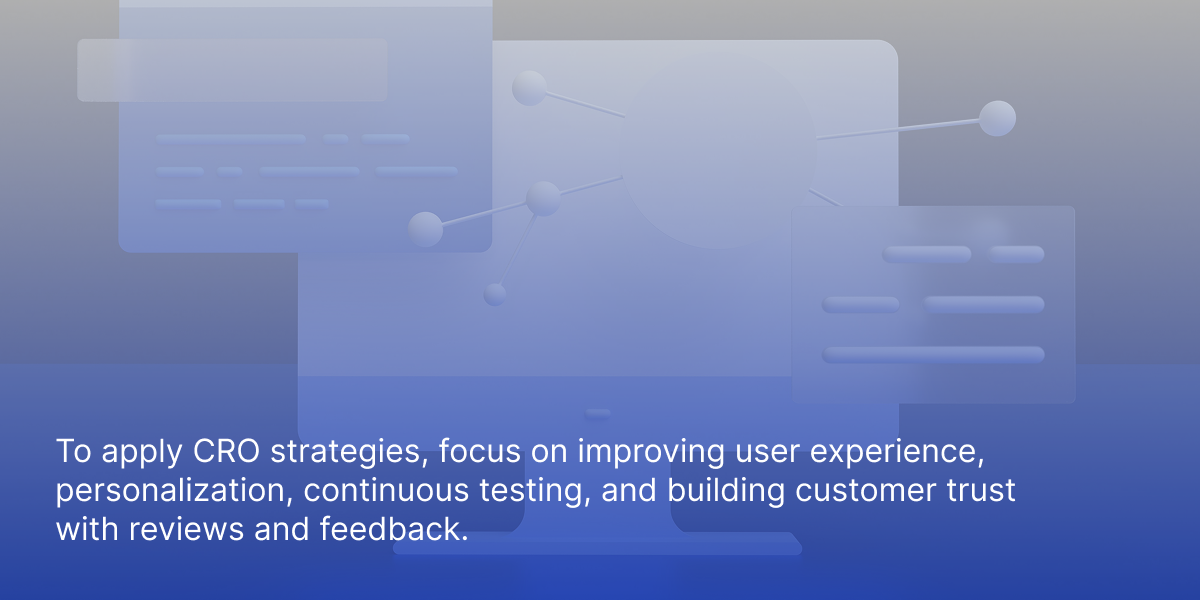
Tailoring marketing communications can dramatically boost customer engagement and improve conversion rates. Context-sensitive calls-to-action embedded in blog posts are particularly effective at transforming readers into prospective leads, especially when highlighting limited time offers to create urgency and motivate quick action. Utilizing artificial intelligence for CRO increases efficiency by enabling simultaneous automated testing of various options.
Consistent experimentation and assessment are imperative for keeping pace with shifts in consumer behaviors and industry tendencies. Actively soliciting customer feedback and showcasing reviews across social media platforms enhances trustworthiness with those visiting your site, leading to better credibility among potential customers. Employing these methods is likely to significantly elevate both performance metrics and conversion rates for your website.
The Future of Conversion Rate Optimization
The future of conversion rate optimization is being shaped by rapid advancements in technology and evolving user expectations. As digital marketing continues to grow, leveraging AI and machine learning will become increasingly important for businesses seeking to optimize their websites. These technologies enable the analysis of vast amounts of data, helping to identify patterns in visitor behavior and predict which strategies will drive the most conversions.
The rise of voice search and the dominance of mobile devices are also transforming the CRO landscape. Businesses must adapt their optimization strategies to meet the needs of website visitors who expect fast, seamless, and personalized experiences across all platforms.
To stay competitive in this dynamic environment, CRO teams must remain focused on the main goal: driving more conversions and revenue. This means continuously testing, learning, and optimizing every aspect of the website. By embracing new technologies and staying ahead of industry trends, businesses can ensure long-term success in the world of digital marketing and maintain a strong connection with their audience.
Summary
To recapitulate, the case study on the e-commerce brand clearly demonstrates that dedicated conversion rate optimization (CRO) strategies can successfully counter stagnating conversions. The brand realized noteworthy enhancements in both conversions and revenue by focusing on crucial factors like user interface/user experience design, technical upgrades, and indicators of trustworthiness.
Employing these tactics and revelations could markedly refine your own website’s user engagement, elevate your conversion rates, and propel your business towards greater triumphs. Harness CRO to catalyze a metamorphosis of your site into an engine for robust conversion performance.
Frequently Asked Questions
What is Conversion Rate Optimization (CRO)?
Conversion Rate Optimization (CRO) is the practice of systematically testing website elements to enhance goal completion rates, such as purchases or form submissions.
By focusing on these improvements, businesses can significantly boost their overall performance.
Why was increasing traffic not a viable solution for the client?
Increasing traffic was not a viable solution for the client because their advertising budget was already maxed out, highlighting the need to focus on improving conversion rates with current traffic instead.
What were the key issues identified in the website audit?
The key issues identified in the website audit include a lengthy checkout process, poor mobile user experience, insufficient trust signals, and speed-related concerns.
Addressing these issues is crucial for improving overall user satisfaction and conversion rates.
What technical improvements were made to reduce page load times?
Implementing lazy-loading, deferring JavaScript execution, and optimizing images significantly improved page load times, decreasing mobile load times from 5.1 seconds to just 2.2 seconds.
These enhancements create a better user experience by ensuring faster access to content.
How can these CRO strategies be applied to my own website?
To effectively apply CRO strategies to your website, prioritize enhancing user experience, implement personalization techniques, utilize AI for testing, and actively encourage customer reviews to build trust and credibility.



